Seth Rollins On Why He Stopped Using The Pedigree, Becoming A Babyface After Being A Heel
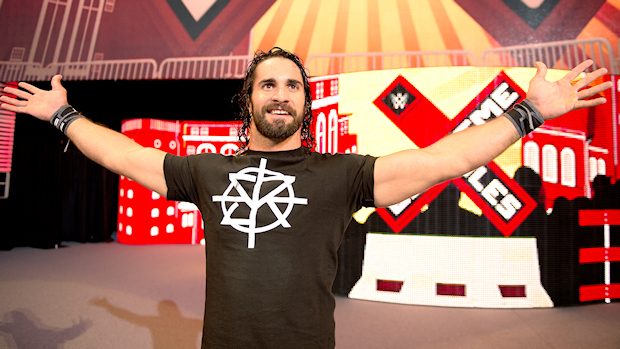
2017 has been a transitional year for Seth Rollins. He’s gone from injured to healthy, from Triple H’s ally to Triple H’s conqueror, from heel to face, he even got a new “Burn it Down” slogan. And to top it off, Rollins has a new finisher.
In an interview with The Mirror, Rollins gave a thorough explanation for the switch.
“The Pedigree was a part of my life when I was in the Authority and it made sense for the time being, after sealing the deal and beating Triple H with it at WrestleMania, that was a good place to retire it. At the end of the day I want to be my own person, I want to be my own performer, and I want to have a finisher that’s synonymous with me and not with my mentor. I’ve always prided on doing things a little differently and I wanted to bring something to the table that people and fans of WWE maybe hadn’t really seen.
Oddly, his new finisher had yet to be officially be named. Not only does The Kingslayer have its title, but he passed along some of the move’s psychology.
“The Ripcord Knee as it’s been called recently is something that’s very dangerous, it can come out of nowhere and I think if you’ve seen it in other places, you know the damage it can do. Plus I thought it was nifty that my biggest weakness, my right knee which has put me out of action twice now, has now become my biggest strength and it’s what I use to put my opponents away with. There’s a nice bit of storytelling there as well.”
Rollins was also asked: “For two years you were arguably WWE’s top villain, but when you returned from injury in May 2016, we started to see a slow change in direction for you. How have you found making that transition and has it been more difficult than you anticipated to win fans over?”
“No it’s actually been very natural, it’s not like I expected to show up on Raw and within moments everyone love me,” Rollins said.
“Obviously, when I got hurt the first time, people were upset about it and felt for me personally. I came back and there was an instant excitement and buzz about my return, but I didn’t expect people to instantly embrace me or trust me. So for me, it was just a very organic process, to go from where I was, to where I am now.
“A lot of time when you’re out injured is spent with internal reflection and kind of looking at yourself in the mirror and deciding who you want to be and where you fit in. A lot of that real life stuff kind of carried over into what we’ve been doing for the last year or so now. It’s been a wild ride but I definitely feel like we’re pointing in the right direction and things are looking up.”

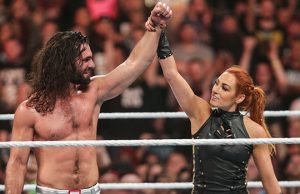
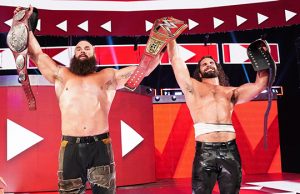
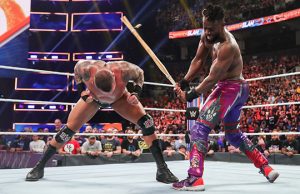
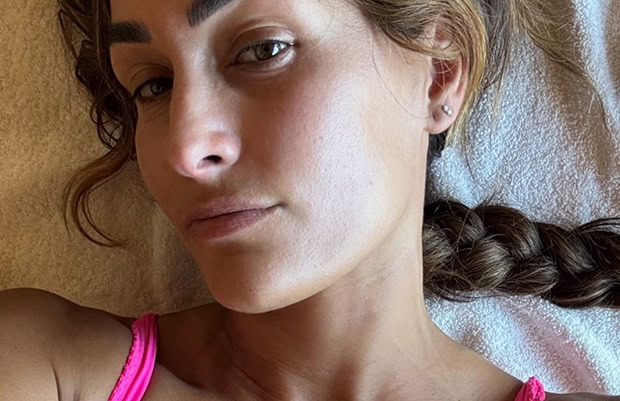










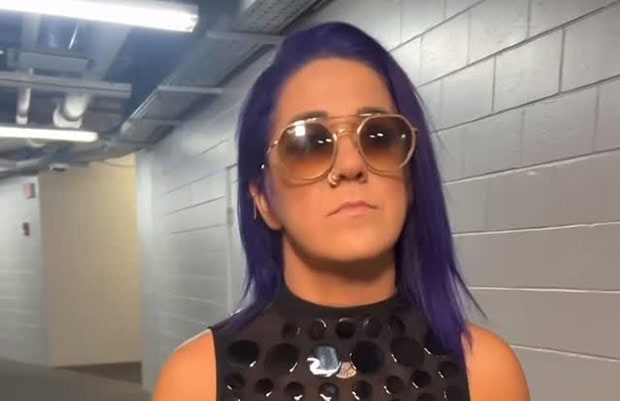


0 comments